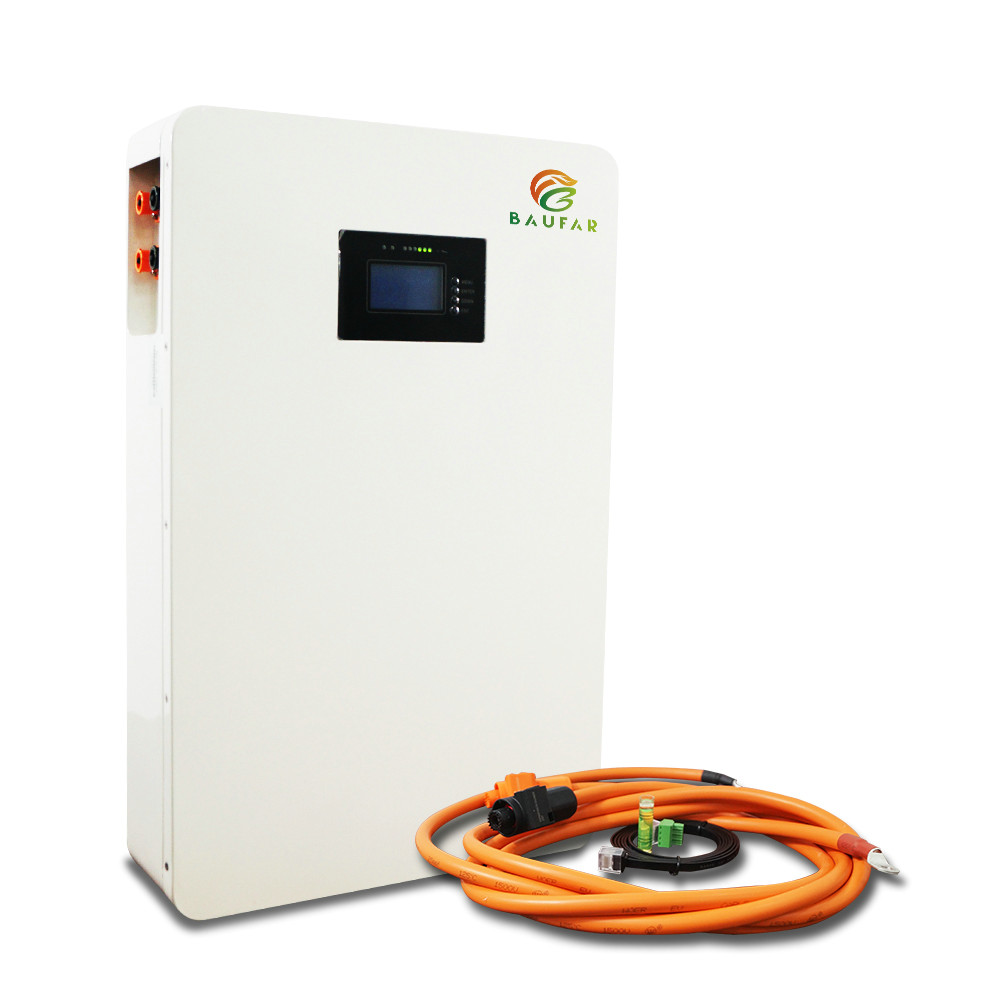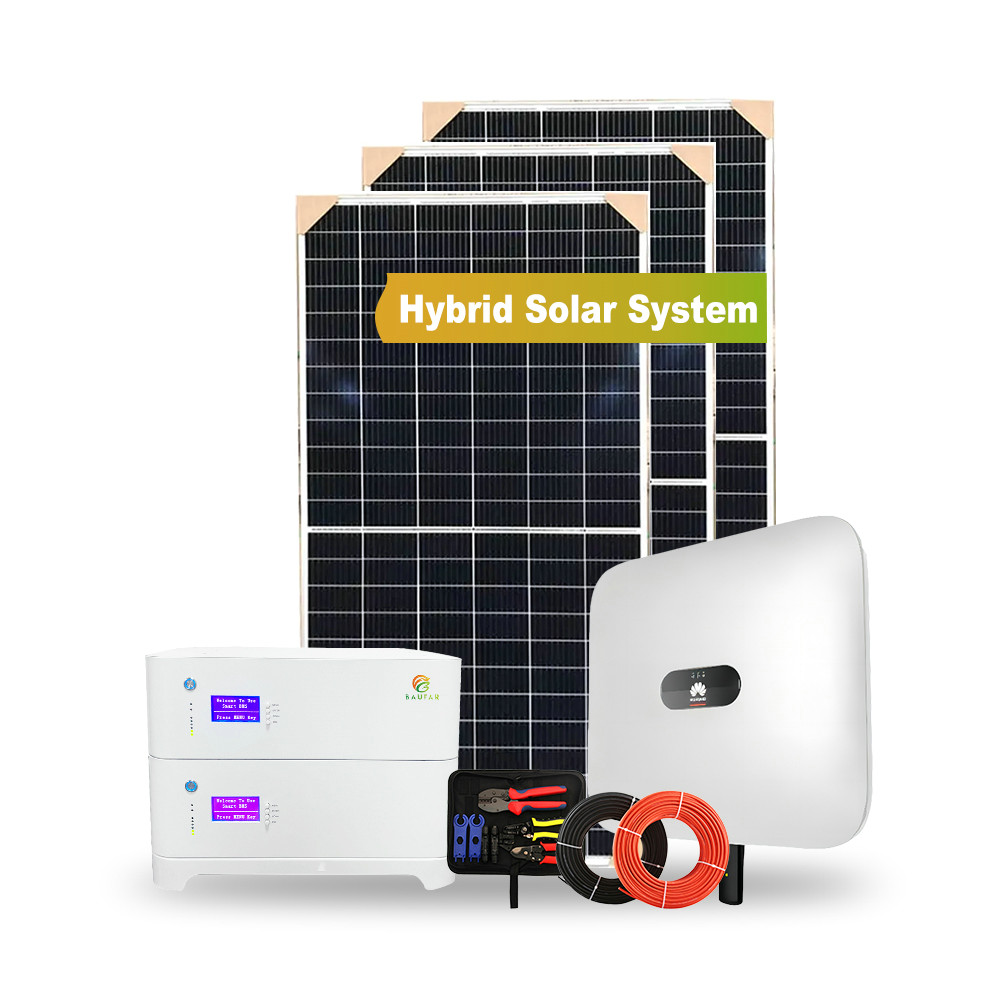Sobre nosotros
Hefei BAUFAR Power Technique Co.,Ltd., fundada en 2012, se especializa en I+D, fabricación y comercialización de sistemas de almacenamiento de energía. Nuestra línea de productos incluye batería de almacenamiento de energía residencial y estación de energía portátil. Además, diseñamos y suministramos sistemas solares a los clientes. BAUFAR ha pasado sistemas de fábrica y certificaciones de productos como ISO9001, UN38.3, MSDS, certificados TUV, etc. BAUFAR insiste en el valor de "confiable, profesional y beneficioso para todos": el objetivo es ayudar a nuestros clientes a ahorrar dinero haciendo que sus hogares sean más eficientes energéticamente a través de nuestras soluciones de energía confiables y profesionales. Nos propusimos permitir que nuestros clientes y socios en todo el mundo disfruten de un futuro energético limpio, confiable y asequible, y creemos que BAUFAR es el mejor socio para brindarle soluciones de sistemas de energía inteligente. ¡También le invitamos a ser nuestro agente global!
 bateria solar
bateria solar
 Estación de energía portátil
Estación de energía portátil
 sistema solar
sistema solar







